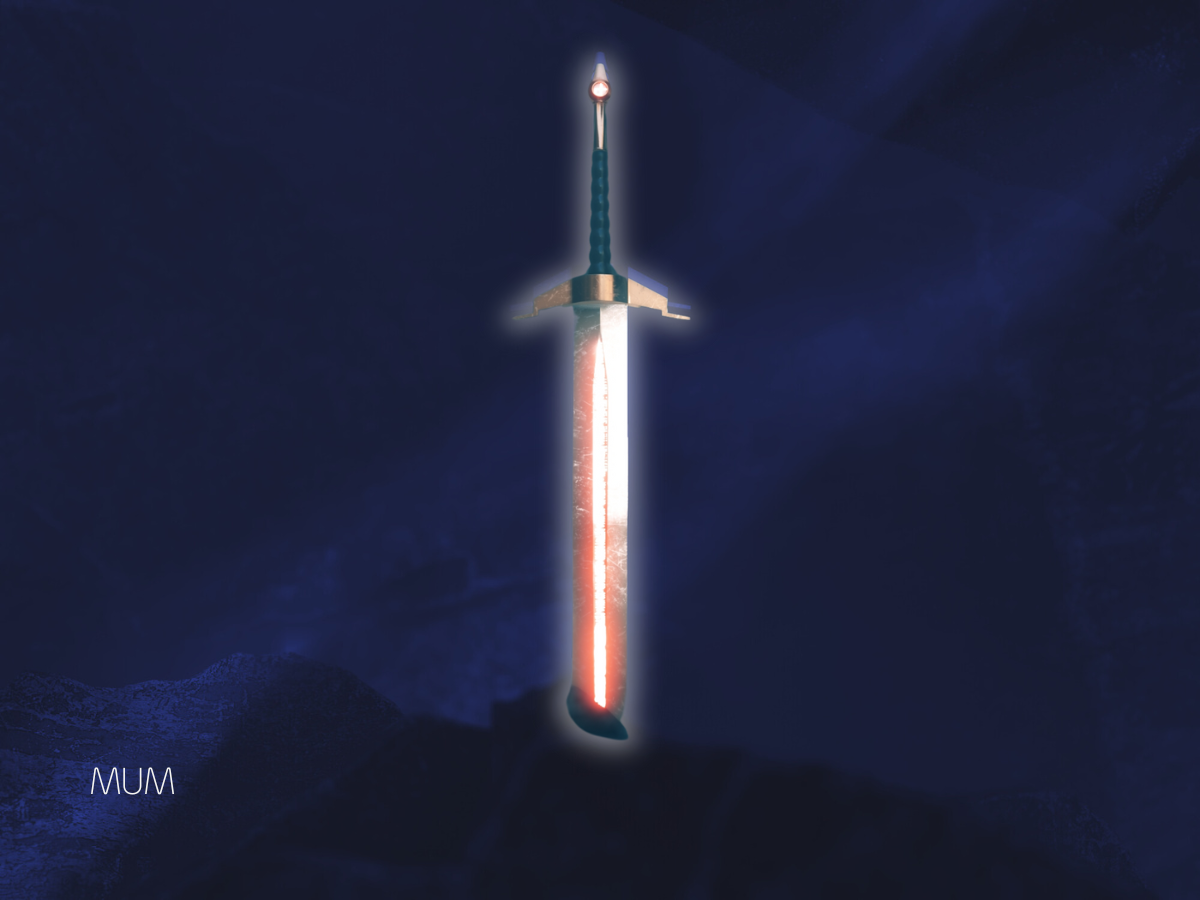The Double-Edged Sword of Curiosity: Exploring a Classic Adage
Discover the delicate balance between inquisitiveness and prudence, and how this age-old saying applies to our modern lives
The adage "Curiosity killed the cat" serves as a stark warning about the potential perils of excessive inquisitiveness. At its core, it cautions against venturing too far into the unknown, suggesting that unchecked curiosity can lead to unforeseen and often undesirable consequences. It underscores the delicate balance between a natural thirst for knowledge and the need for prudence.
While exploration and discovery are vital, this proverb reminds us that some paths are best left untraveled, and some questions are better left unasked. It encapsulates the idea that an insatiable desire to know can sometimes lead to dangerous or harmful situations, emphasizing the importance of calculated risk-taking and reasoned decision-making.
The phrase's origins can be traced back to variations found in earlier literature. In the 16th century, playwright Ben Jonson used a similar expression, "care kills a cat," suggesting that worry, rather than curiosity, was the culprit. Over time, the phrase evolved, with "curiosity" replacing "care." By the 19th century, the familiar form began to appear in print. The phrase's evolution reflects a shift in societal concerns, from anxieties about worry to the potential dangers of unrestrained exploration.
Interestingly, the modern addition, "but satisfaction brought it back," is a relatively recent development. This addition attempts to soften the original warning, suggesting that the risks taken in the pursuit of knowledge can ultimately be worthwhile. This reflects a more contemporary perspective that acknowledges the value of curiosity in driving progress, while still recognizing its potential dangers.
In today's world, the adage remains highly relevant, particularly in fields like innovation, exploration, and decision-making. Consider the realm of technology, where rapid advancements often involve pushing boundaries without fully understanding the potential consequences. For example, the rapid development of AI and social media has led to unintended social and ethical dilemmas, highlighting the dangers of unchecked curiosity in technological innovation. Similarly, in scientific exploration, while the pursuit of knowledge is essential, it is crucial to consider the potential risks involved in experiments or explorations that could have unforeseen environmental or societal impacts.
However, curiosity is also the engine of progress. Without it, we would not have made the groundbreaking discoveries that have shaped our world. The development of vaccines, the exploration of space, and the creation of life-changing technologies all stem from a deep-seated curiosity to understand and improve our world. The key lies in balancing this drive with caution and foresight. We must ask questions, explore new territories, and challenge existing paradigms, but we must also carefully consider the potential consequences of our actions.
Ultimately, "Curiosity killed the cat" is not meant to stifle inquisitiveness, but to encourage thoughtful exploration. It prompts us to reflect on our own approach to curiosity, urging us to harness it for growth while being mindful of potential risks. How do we balance our desire to know with the need for prudence? How do we ensure that our curiosity leads to positive outcomes rather than unintended consequences? These are the questions that this timeless adage invites us to consider.
Keep Going!
Check out these related posts






